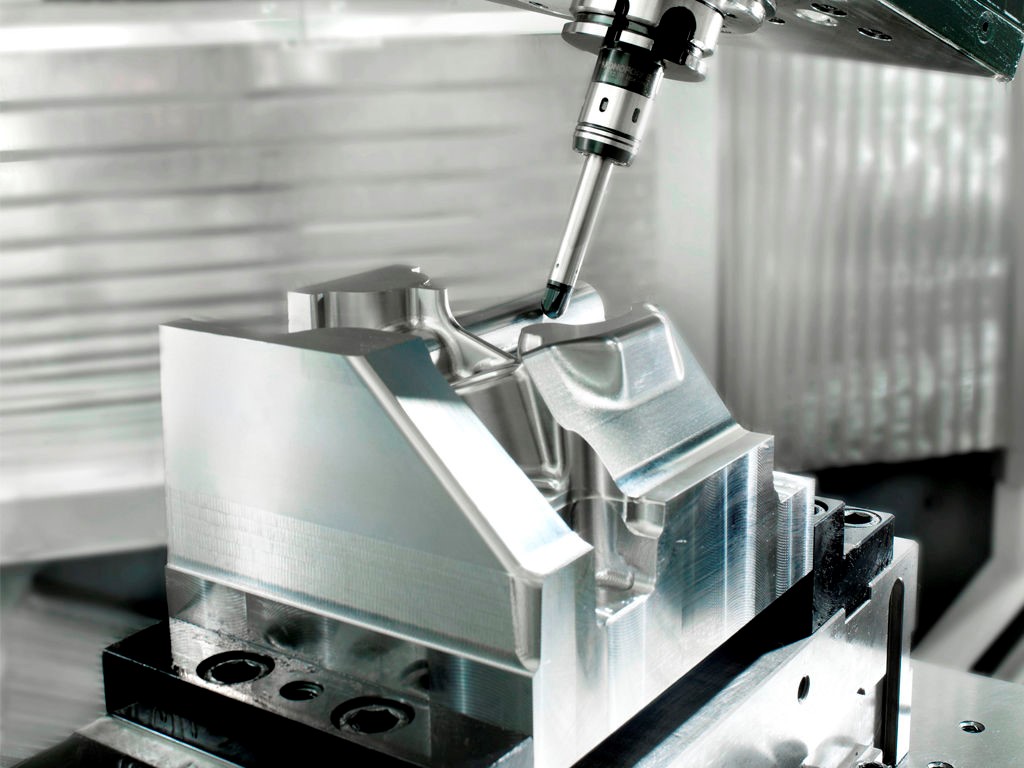It is crucial to ensure the performance, dependability, and market readiness of a product in the cutthroat world of product development. Prototyping molding is an important phase in this process since it helps with product validation and testing. Using this method, engineers and designers may produce China prototypes of their products, enabling extensive testing and improvement before the start of large-scale manufacturing.

Early Detection of Design Flaws
Mold prototypes are necessary for the early identification of design defects. Developers can find and fix problems using physical models that may not be visible in digital models or simulations. This procedure reduces the possibility of expensive mistakes and redesigns later on in the manufacturing cycle. A prototype, for instance, might highlight functional flaws, structural faults, or ergonomic problems that could go unnoticed in a virtual setting.
Functional Testing and Performance Analysis
The capacity of prototyping molding to provide thorough functional testing and performance analysis is one of its primary benefits. Hands-on evaluation of physical prototypes enables testing of several features of the product in real-world settings. This covers performance in various environmental settings, wear and tear analysis, and stress testing. Such thorough testing guarantees that the finished product satisfies all relevant performance requirements and is dependable and long-lasting.
Material Selection and Testing
When developing a new product, selecting the right materials is essential. Prototyping molding enables testing many materials to find the one that will work best for the finished product. Developers can evaluate qualities like strength, flexibility, and resilience to heat and chemicals by experimenting with different materials. This aids in the process of selecting materials with knowledge, guaranteeing that the final product not only works well but also complies with safety and legal requirements.
Iterative Development and Continuous Improvement
The iterative nature of prototype molding allows for continuous improvement in the design of the product. Following the first round of testing and validation, additional prototypes are made based on the input received in order to improve the design. The team repeats this cycle until the product meets all required specifications and performance standards. The ultimate result is guaranteed to be of the greatest caliber and thoroughly optimized for its intended function, with this iterative procedure.
Bridging the Gap to Full-Scale Production
Lastly, prototype molding acts as a transitional element between the first stages of design and large-scale manufacturing. It makes it possible to optimize manufacturing procedures, guaranteeing a seamless and effective shift to mass production. Businesses can guarantee consistency and quality in the finished product by using prototypes to validate the design and production processes.
Prototype molding is a crucial tool for validating and testing products. Early design defect discovery, extensive functional testing, material assessment, user input, iterative development, and a smooth transition to large-scale manufacturing are all made possible by it. Businesses may create products that are reliable, high-quality, and ready for the market by utilizing the advantages of prototype molding, which will eventually increase consumer happiness and business success.